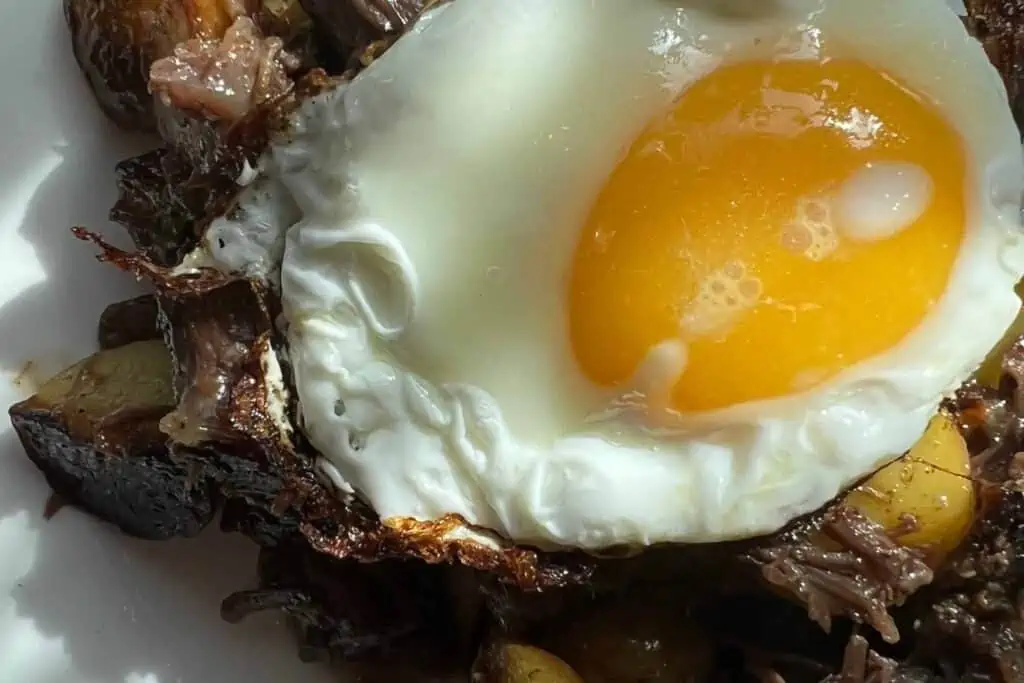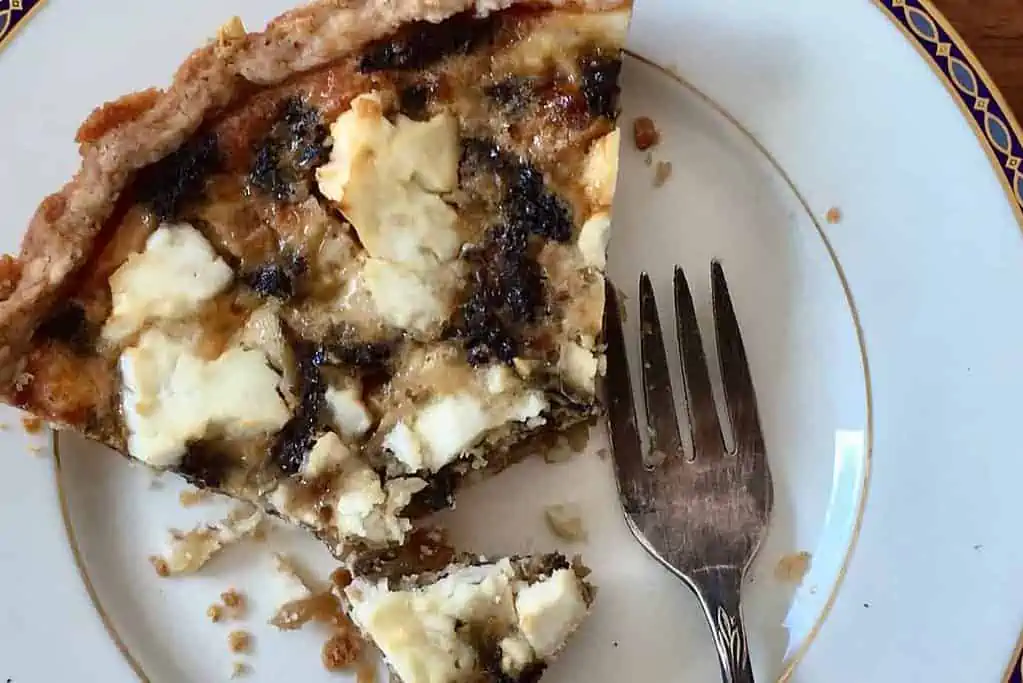There is an old saying that says, “I may not speak Italian, but I am fluent in prosecco,” and what a lovely language it is to be fluent in. But where did this lovely fruity drink originate from? Let’s start with the name. Prosecco is named after the prosecco grape (later renamed the glera grape), which is grown in the Veneto region of Northern Italy. We first began to hear of it in 1593. An Englishman named Fynes Moryson was traveling through Northern Italy when he came across the bubbly drink. He began to write about it in his travel diary, spelling it as prosecho.
Then, in 1754, an Italian author named Aureliano Acanti wrote about it in one of his books, using the spelling prosecco. For the next 300 years, prosecco was popular within Italy. However, it wasn’t until the year 2000 that prosecco began to gain mainstream popularity in other parts of Europe and North America.
Some of you may be wondering, What is the difference between prosecco and Champagne?
First is the origin. The grapes used in Champagne are grown in the Champagne region of France. Any sparkling beverage produced outside of this region cannot be called Champagne. Second is the taste. Prosecco tends, to me, to be more on the sweeter, fruitier side of things. Whereas Champagne has a more dry-fruit taste.
Third, the production is a bit different. For the second fermentation process, Champagne is bottled, then flipped upside down on racks. This way, the dead yeast cells can collect in the neck of the bottle. When finished, the bottle’s neck is frozen, causing the dead yeast cells to be released—a process known as disgorgement.
Prosecco is fermented using a tank method. The prosecco is stored in a large tank, which is sealed airtight to prevent carbon from escaping. After the process is done, it is bottled. It is also this process that causes prosecco bubbles to be larger and looser than Champagne bubbles.
As for similarities between the two, both can be made in a white colour or in a pink rose colour. When uncorked, both bottles will make the famous loud “Pop!”
Now that some of the basic facts are covered, it’s time to taste and review a prosecco. The one I decided to enjoy is called Scavi and Ray, Spumante Dry (spumante means sparkling). The first thing to be noticed is the glittery bottle. Coming in several different colours of gold, red, blue, silver and pink, it definitely catches the eye and looks extra celebratory. Once the cork is popped and the bubbles poured, it’s time to begin the flavour journey .
The first thing I noticed is that this prosecco is very light, with some nice fruit notes of pear and green apple—very clean on the pallet. It’s not overly sweet, and the flavour is nicely balanced. The colour is like a very-light white wine and has a pleasing scent. It is very easy to drink (you could easily drink four glasses without even realizing that you did).
Overall, I would say the Scavi and Ray prosecco is great to be enjoyed for any occasion, from brunch to swanky parties. It’s also light enough to be enjoyed solo, if you are enjoying some “you time” and want to relax with a light libation.




